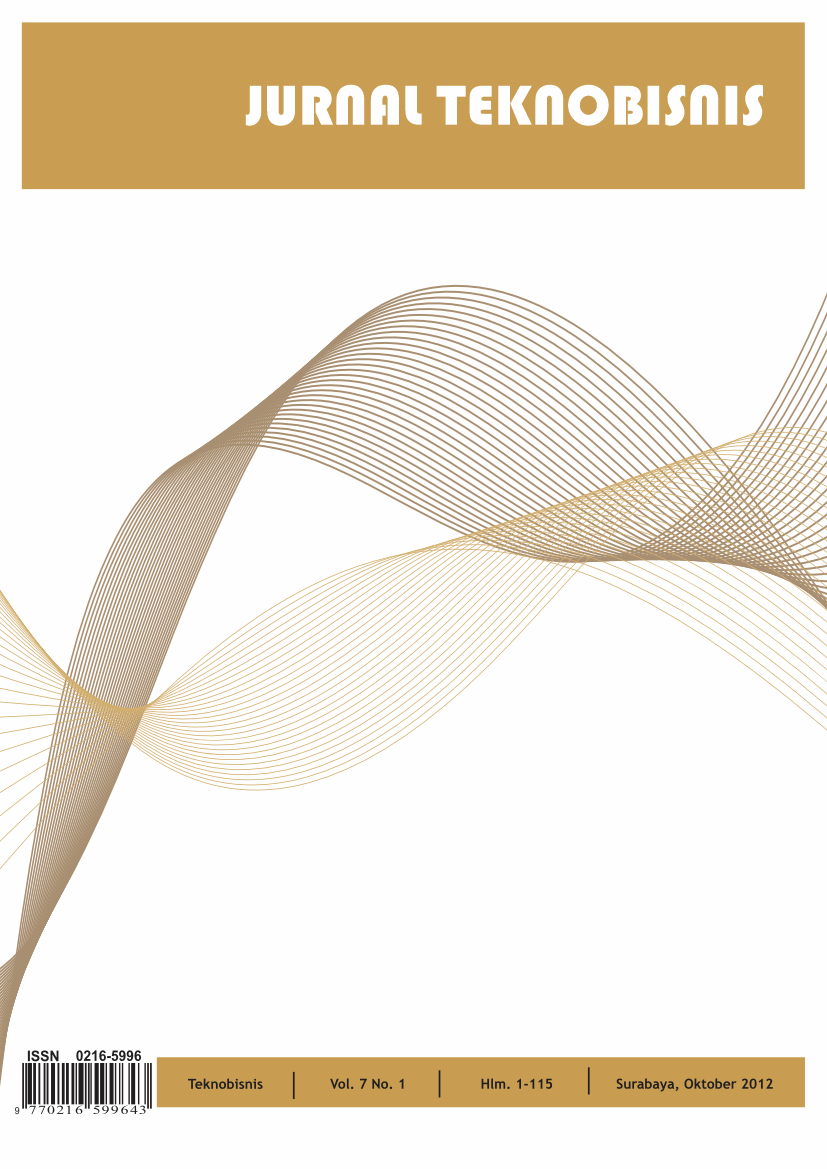Operational Risk Management of Onshore Processing Facility using Risk Failure Mode and Effect Analysis and Fault Tree Analysis
DOI:
https://doi.org/10.12962/j24609463.v8i1.925Keywords:
Risk Management, Onshore Processing Facility, Risk analysis, FMEA, RFMEA, FTAAbstract
Onshore Processing Facility (OPF) is one of the natural gas processing fields. The gas is dried and distributed to the consumer. The ideal condition of a process plant is to operate continuously until the planned maintenance time. However, unexpected various operational failure problems exist during operation. The impact of operational failures occurred not only on the OPF itself but also on the Refinery Unit Operation process, which may disrupt fuel distribution in West Java and become a national issue. Research is needed to determine the critical risks of various operational failure modes. Finding the critical risk will hopefully simplify the search for the cause of failure without having to analyze all modes of failure that have occurred. A critical risk is obtained using the Reverse Failure Mode and Effect Analysis (RFMEA) method, which is then analyzed further using Fault Tree Analysis (FTA) to get a basic event. Furthermore, a specific treatment of risk could be proposed. Forty-five failure modes have been identified from operational data. Based on this research, five failure modes have been categorized as critical: Pilot Failure, Air Intake problems, Analog Output / Discrete Output (AO/DO) Modules that often hang, Shut Down caused by Gas Engine Generator (GEG) Hunting, and broken glycol pump. By FTA, the cause of these critical risks can be recognized, and mitigation plans are proposed as a risk response plan for known critical risks. The plan is expected to reduce the occurrence of operational failure or reduce the impact of the failure.
Downloads
Downloads
Published
Issue
Section
License
Copyright (c) 2023 Itsna Affandi Firdaus, Muhammad Isa Irawan

This work is licensed under a Creative Commons Attribution-ShareAlike 4.0 International License.
Copyright Transfer







